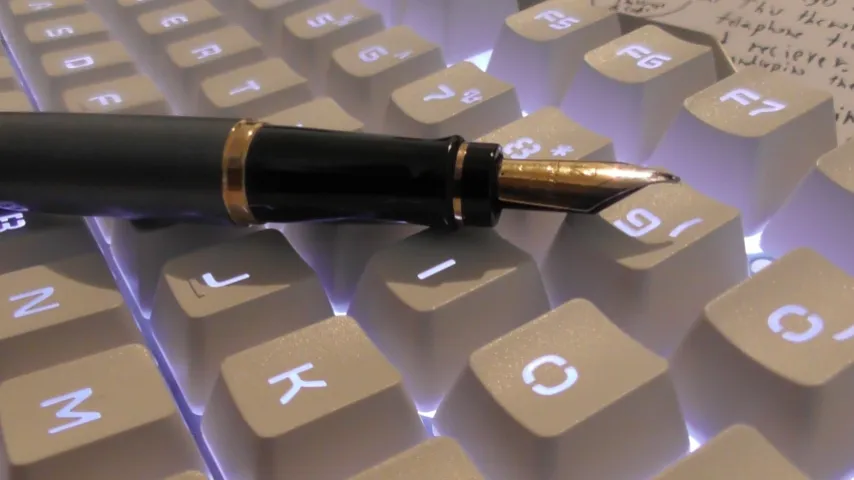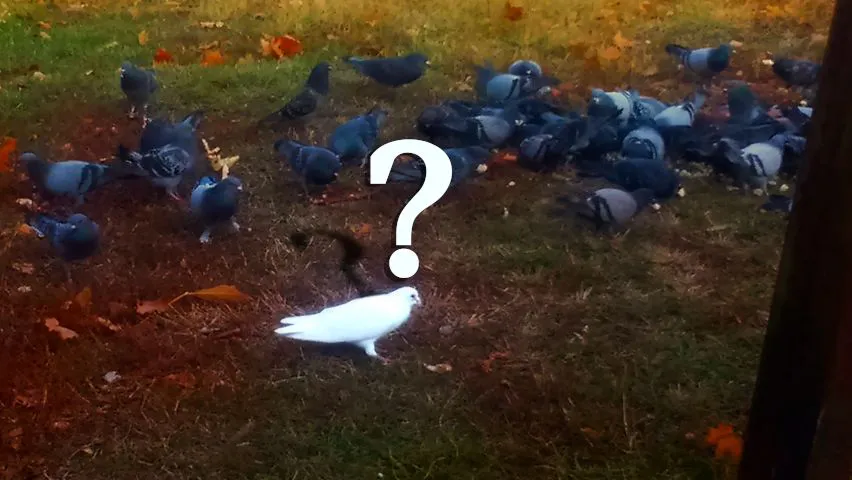How is proofreading different than editing? If we dig into the meaning of the words, editing is too universal and doesn’t really mean much in the world of editing text, paragraphs or lines. It’s usually used to simplify the process of copy-editing, line editing and developmental editing.
The age of physical redactions and physical copies, for me personally, is over and so we must embrace the digital era of progress and opportunities. In the past, someone had to sit in a chair, lean against a desk and try to fix all the problems within a manuscript, paper or article. They didn’t have a CTRL+F function that could find a usual typo or a style issue. They couldn’t replace double spacing or eye color on the whim of a blink.
But now we can!
So let’s learn about all these types of editing and which you may need in the afterglow of time.

Developmental Editing
When you have ideas, thoughts and musings about a project, you obviously need feedback if what you’re prospecting has any value whatsoever. Without feedback, you can fall into the bias pit of ignorance that’d bite you hard on the rump after you meet reality head first.
This kind of editing, which we call analytics in Inlet, is the type that listens to the writer’s ideas, reads the written, understands the target and purpose of it all, and then judges if it makes sense and is consistent within the framework of acceptability.
Bah, confusing! In short, developmental editing is like having a friend tell you if your ideas are good or bad. But it’s not just saying ‘it’s bad’ or ‘it’s good’, because a developmental editor goes in depth to why those answers occur and will give you very important information that would make you reach better ideas and conclusions, since the feedback is constructive.
Such editing can occur before the writing has begun, during writing and after the project has been written. One would say that it’s best to have developmental editing in the beginning, since then the ideas would be without plotholes and would carry the fill of perfection.
It really doesn’t matter, since we can always digest the already-written and just adjust it to the new framework that the developmental editing has managed to push through.
It’s very important that you push your ideas through people with experience, because that way you will make your project better, stronger and grander! Have someone analyze your plot, have someone go through your ideas and give you important feedback, otherwise you may never find out that you’ve been walking with a hole in your pants all this time, until you’re on that podium in front of thousands of people with jeering grins.
Line Editing
The type of such as this is what you might expect from its name, it just looks at sentences! But it’s not as simple as going over if a sentence is worthy or not. Also, line editing doesn’t search for errors of grammar, punctuation or spelling.
Said simply, line editing looks for how fluid your sentences are, what’s the atmosphere, is the language used clear, what’s the message of the story, is dialogue believable, is sentence structure total chaos or total lawyer and so forth.
Let’s have a simple list:
- Overused words or ways of expression
- Redundant information
- Unrealistic dialogue
- Clichés
- Confusing narrative
- Bad pacing
- Unnatural phrases
- Bad scene transitions
- Flow
It’s agreeable to understand why editors choose specific types of editing methods to work only upon, but seriously, it’s not hard to just merge them all and try to be a Swiss Army Knife! It takes time, but it’s not impossible.
That said, I think that line editing kinda wobbles if it is done before copy-editing. Since copy-editing fixes the technical aspects of the material, it’s bound to change the flow of sentences and disturb the prior-achieved Nirvana within the prior editor’s work.
Copy-editing
The Holy Grail of editing. Sure, it’s just my view, but let’s be realists. You first fix all the technical problems in the material and then you headhunt the rest of the problems that line editing caters to. Tho, it may not be required if it is mixed with copy-editing like a hybrid of human and monkey. Know how they called the creature? Humanzee. Don’t worry, it’s a circus propaganda.
Anyway, copy-editing is responsible for destroying errors like:
- Typos
- Spelling
- Punctuation
- Grammar
- Facts
- Consistency
- Repetition
- Clarity
- Style/Flow
- Cutting
You do realize I just used the already-available information on Inlet’s Services pages? Nice, eh? So, what does this all mean?! I don’t know…
As we know, there is British English and American English. Both types of English are different from one another, since they’re independent of each other. The circumstances of difference gave way to the Oxford comma, to the words like color and colour, and more details you can hook-up with the Chicago Manual of Style.
A copy-editors job is to choose a style and stick to it through the whole material, thus, fixing deviations and differences, while administering the grammar stick of discipline and arranging everything in perfect order. A copy-editor is an editor on steroids with lack of ambition at the prose of your writing or the quality of your plot.
Proofreading
Finally, right? Well, I’m sorry, but it takes time to climb a ladder full of splinters. This type of editing is in no way shape or norm a replacement for any of the previous types of editorial methods. It is not and will never be such.
A list of what proofreading covers:
- Typos
- Spelling
- Punctuation
- Grammar
You’re thinking it’s just copy-editing on a vegan diet, but it’s even worse, since it’s not copy-editing. Proofreading is meant to be the final polish upon the wood that’d finalize its integrity and readiness for exploitation on the market.
Such means that you should have had your material copy-edited, otherwise sending material without any prior copy-edits will result in a proofreader declining proofreading services, since that doesn’t fall within the category of proofreading.
A proofreader will not fix anything beyond the basics of the polishing process, since the price and effort do not equal the delirious expectations.
But then you’d be asking me, ‘Why would I ever want proofreading?!’ You would want proofreading because a copy-editor will not flesh out your material. They will fix the major issues, but it’s the small annoyances that need to be adjusted to a spotless shine.
And that is what a proofreader will do for you. Don’t ask your grandma to proofread the material for you, since many people lack the eye to notice typos and other subtle problems within the English language.
But wait, we haven’t reached the light at the end of the tunnel yet…
Formatting
Don’t worry, this is about book publishing and we’ve actually reached the light at the end of the tunnel, heh.
Now you know about the types of editing methods and are able to differentiate between their confusing aspects. We at Inlet have chosen to simplify the process and use words that anyone can understand. The details matter to those who are doing the job itself.
In short, to remove errors from your material, you need copy-editing and proofreading, while making the material more believable and spotless in terms of flow and plot, you need a line, developmental editor or, as we call them, analytics.


